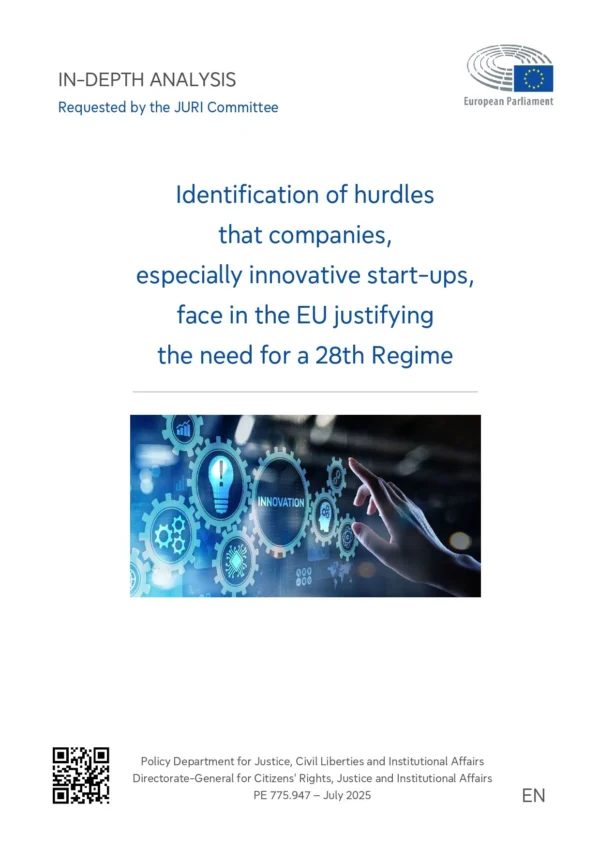The ‘White Paper on European Defence Readiness 2030’ charts a geostrategic course for rearming Europe and, at the same time, offers realistic suggestions on how to achieve this by working through the EU institutions and with like-minded partners.
For the EU’s plans to stick, however, economic coherence and coordination will have to be the glue that binds it all together. The EU will need to be realistic and acknowledge the clear trade-off between increasing its defence capabilities in the short term – which will necessarily involve spending on non-EU produced equipment – and building a truly autonomous European defence technological and industrial base, independent from the US, which will inevitably take much longer.
This CEPS Policy Brief presents five policy recommendations (and further details on each recommendation can be found at the end of the policy brief on page 11):
- Urgent adoption and implementation of the European Defence Industrial Programme (EDIP).
- Carefully distinguish between short-and long-term goals, by acknowledging that national escape clauses are not the best instrument for a structural increase in defence spending. Without mutualised EU funding, there should be a targeted reform of fiscal rules, with a new ‘golden rule’ to account for defence spending.
- Align defence spending with industrial strengths, ensure greater contributions from larger Member States, avoid ‘defence washing’, and prioritise capital expenditure.
- Acknowledge defence as a primarily public responsibility, limit expectations about the European Investment Bank (EIB) and the Capital Markets Union (CMU) and use EU-level public funding as the backbone of Europe’s defence strategy. This would be done via innovative solutions, such as repurposing the ESM or an increase in EU own resources.
- Recalibrate transatlantic industrial relations.








